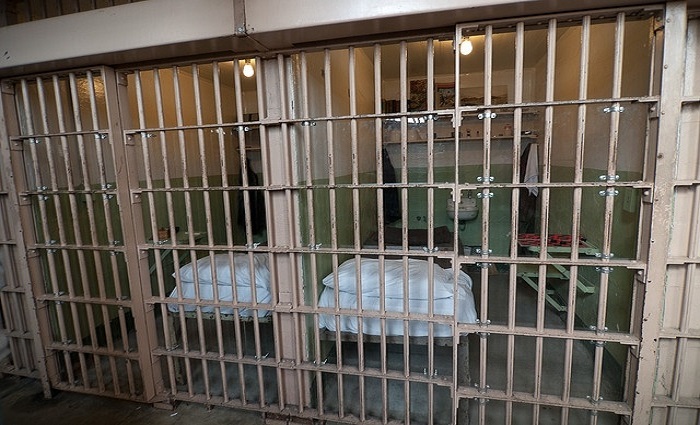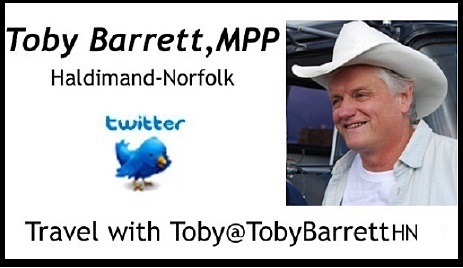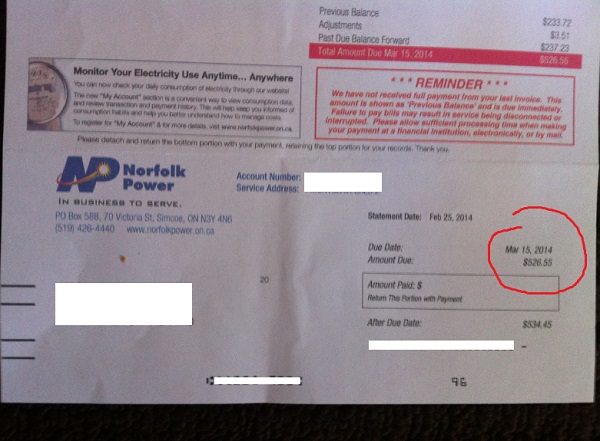In December of 2015, I toured the aging Thunder Bay District Jail. The nearly century-old jail had recently been the scene of a riot that led to a correctional officer being taken hostage – 70 inmates took control of the upper floor for a period of 20 hours.
In Ontario, assaults on correctional officers and other staff have more than doubled over the past seven years.
Last year, a report by the Independent Advisor on Corrections Reform described shocking abuse and disorder in Ontario’s detention centres – centres that are overcrowded and violent.
After violent incidents, inmates are often held in solitary confinement without access to rehab programs, and lockdowns are often the only recourse because of short staffing.
Much of the violence in Ontario’s detention centres is derived from smuggled weapons and drugs – but officers are restricted in their ability to conduct searches.
Front-line officers tell us they feel they are in danger – they are outnumbered, and they have little recourse when they’re attacked.
Ontario’s probation and parole system is a joke — that’s exactly what criminals have called it. Our probation and parole officers are not to blame. In many cases, they are actively discouraged from checking up on criminals by making house visits because of insufficient resources. Offenders are often left to self-report but, obviously, very few do.
Over 45,000 former inmates are out on parole or probation being forced to self-report. And 60 per cent of these individuals are deemed medium to high risk, that’s 27,000 individuals free to roam our province.
How can this out of touch government make the claim that our communities are safe?
Why did this current government allow this to happen? That’s the question that needs to be asked.
The present provincial government recently introduced Bill 6, to supposedly deal with the issue. But this government has a history of producing incomplete, skeletal and poorly-thought-out legislation, and Bill 6 is no exception. The Correctional Services Transformation Act is supposed to be a thorough overhaul of a broken correctional system, but it has the same deficiencies as most other legislation of late.
Obviously, the Liberals are inclined to think more bureaucracy is a solution to every problem, but more paper-pushing isn’t going to solve that problem.
Minor tinkering isn’t going to fix the crisis in corrections. The government must take serious and thorough action.
Has this government decided that the needs and wants of incarcerated criminals are more important than the rights of correctional officers and the order and safety of our detention centres are secondary to making criminals feel comfortable. Obviously, this legislation – Bill 6 — must be compliant with the written portion of our Constitution and our common-law traditions. But it must be said corrections officers and all prison staff have rights as well.
As my colleague MPP Rick Nichols, our critic for the Ministry of Community Safety and Correctional Services has been saying, there has been a crisis in corrections for years in the making. Now with an election looming, the Liberals want us to believe — with Bill 6 — they’re experiencing a deathbed conversion. For the Silo, Toby Barrett, MPP for Haldimand-Norfolk.








